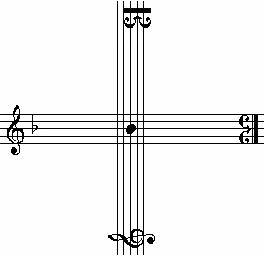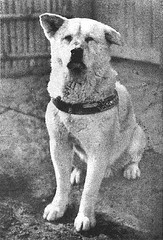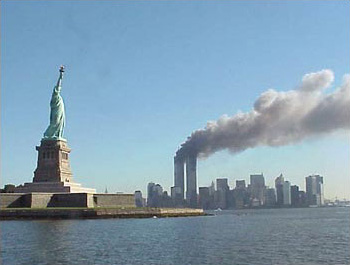Each February, the residents of Ivrea, Italy, throw oranges at each other. On the three days preceding Shrove Tuesday, thousands of costumed “revolutionaries” battle an “aristocracy” by hurling citrus fruits. Supposedly this commemorates a droit de seigneur drama in the 12th century, but in practice it’s just a bunch of people throwing oranges.
Eight hundred miles to the west, they’re throwing tomatoes.





